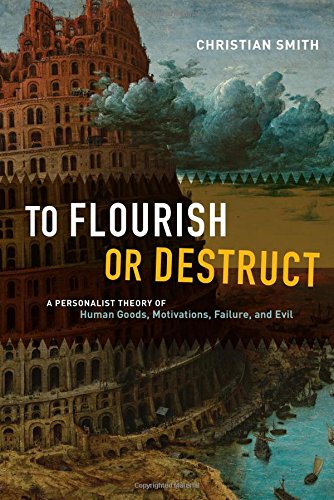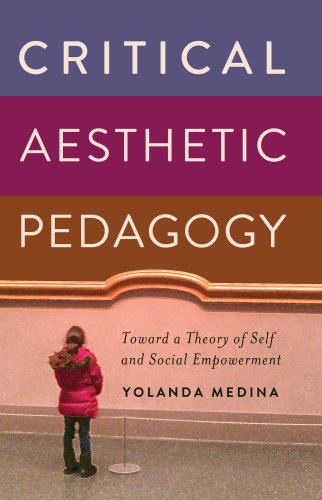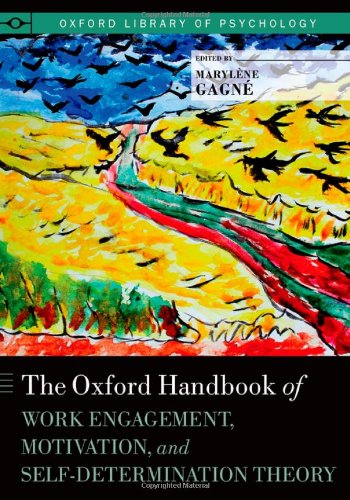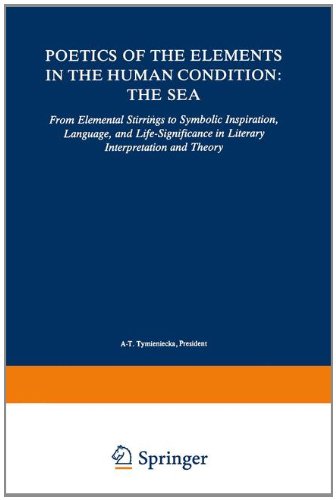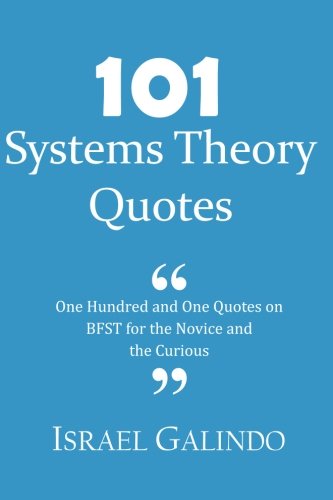
Bowen Family Systems Theory (BFST) has become a significant resource for many clergy and congregational leaders. Since the groundbreaking volume by Edwin Friedman in 1985, Generation to Generation, the theory continues to be an influential “theory of practice” for ministry. As a bona fide theory, that is, one grounded in a field of study and practice, BFST provides a more rigorous framework as a theory of practice than devotional, romantic, metaphorical, or individualistic understandings of the role of clergy in a particular context, the congregation. In a day of liminal transition and great swells of anxiety in local churches the benefits of framing one’s function as a leader using BFST as a construct for understanding emotional systems in congregations can be a significant resource for healthier and more effective functioning. The 100 quotes in this primer serve as an introduction and overview of the theory for novices, the curious, and “veterans” of the theory.


